WELCOME TO KAWAIAHA'O CHURCH'S HISTORIC WALKING TOUR
Explore Kawaiaha’o Church with this historical self-guided, audio walking tour. This walking tour uses smartphone technology. Use your camera to scan the QR codes placed throughout the campus. Once downloaded, press play on your smartphone to hear a description of each site as you explore it.
HISTORICAL SITES TO VISIT WHILE ON CAMPUS
The Great Stone Church
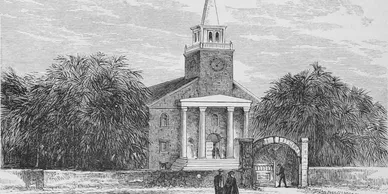
Kawaiaha'o Fountain

Lunalilo's Tomb
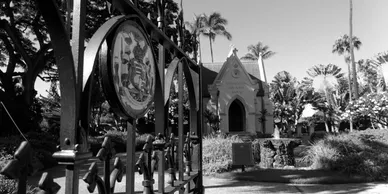
The Kauikeaouli Clock

Ka'iulani's Bench & Plantings
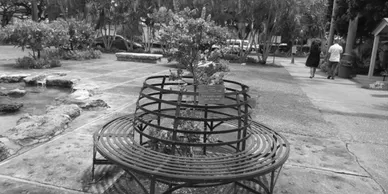
The Sanctuary

The Trees
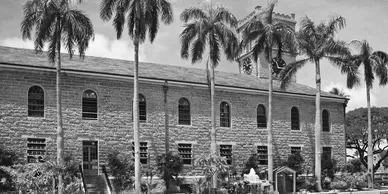
Mauka & Makai Plaques
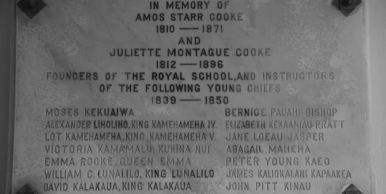
Reverend James Kekela Monument
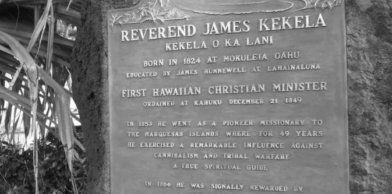
The Royal Pews
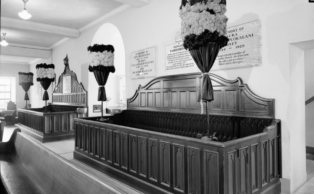
The Portaits of the Aliʻi

The Aeolian-Skinner Organ

John Ioane Iʻi Memorial

Henry ʻŌpūkahaʻia Memorial

David Douglas Memorial

ABOUT KAWAIAHA'O CHURCH
Kawaiaha’o Church was established on April 22, 1820 by members of the the Hawaiian Mission from the American Board of Commissioners for Foreign Missions (ABCFM). Originally known as the “Mission Church of Honolulu”, it became known as Kawaiaha’o Church when it evolved into a major parish church in 1840.
The name “Kawaiahaʻo” (/kɑ/wɐj/ə/haʔo/ or /kɑ/vɐj/ə/haʔo/) literally translates as “the water of Haʻo” and comes from the name of a sacred spring located on the church grounds as well as a moʻolelo (story) about the location.
Kawaiaha’o Church is the oldest church on Oʻahu and the second oldest church in Hawaiʻi. The lands were gifted to the Hawaiian mission by Kuhina Nui (Queen-Regent) Kaʻahumanu, one of Hawaii’s first Christian converts, and King Kamehameha III.
The foundation for the existing coral church was laid in 1839 and completed by 1842. Comprised of 14,000 coral blocks–each wearing one ton–mined from the reef on the west side of Oʻahu and brought by canoe by the early Native Hawaiian converts.
The church has been affectionately known as the “Hale Pule Lāhui (National House of Prayer of Hawaiʻi)”, the “Luakini” (“The tabernacle”), the “Great Stone Church”, and the “Westminster Abbey of the Pacific”, as this was the principal national church of the Hawaiian Kingdom where the Hawaiian Aliʻi and other Hawaiian notables were baptized, married, attended worship services, volunteered at and ultimately, laid in state.
Outside of its important religious history, the Church was the scene of important political developments throughout Hawaiʻiʻs history. On the front steps of the church, King Kamehameha III spoke the words that today are part of the state motto “Ua Mau Ke Ea O Ka ʻĀina I Ka Pono” after the Hawaiian Kingdomʻs sovereignty was restored from and by the British in 1843. Hawaiʻiʻs early parliaments and the Constitutional Convention of 1864 all met at Kawaiahaʻo Church. “He Mele Lāhui”, a composition written by Queen Liliʻuokalani and which became Hawaiʻiʻs first original national anthem was first played at Kawaiahaʻo Church. A majority of Hawaiʻiʻs rulers took their constitutional oath of office at Kawaiahaʻo Church and Hawaiʻiʻs first democratically elected head of state, King Lunalilo, is buried on the church grounds. After the coup that overthrew the Hawaiian Monarchy in 1893, Kawaiahaʻo Church continued to play a part in Hawaiʻiʻs history through the Territorial and post-Statehood periods.
Kawaiaha’o Church is a Hawaiian Congregationalist church and a member of the United Church of Christ.
Due to Kawaiaha’o Churchʻs religious and historical importance, the church is considered to be the “mother church of Hawaiʻi” and has served as a beacon of faith to all for generations. This year, Kawaiaha’o Church is celebrating itʻs 200th anniversary.
All are welcomed in faith and in Aloha!
